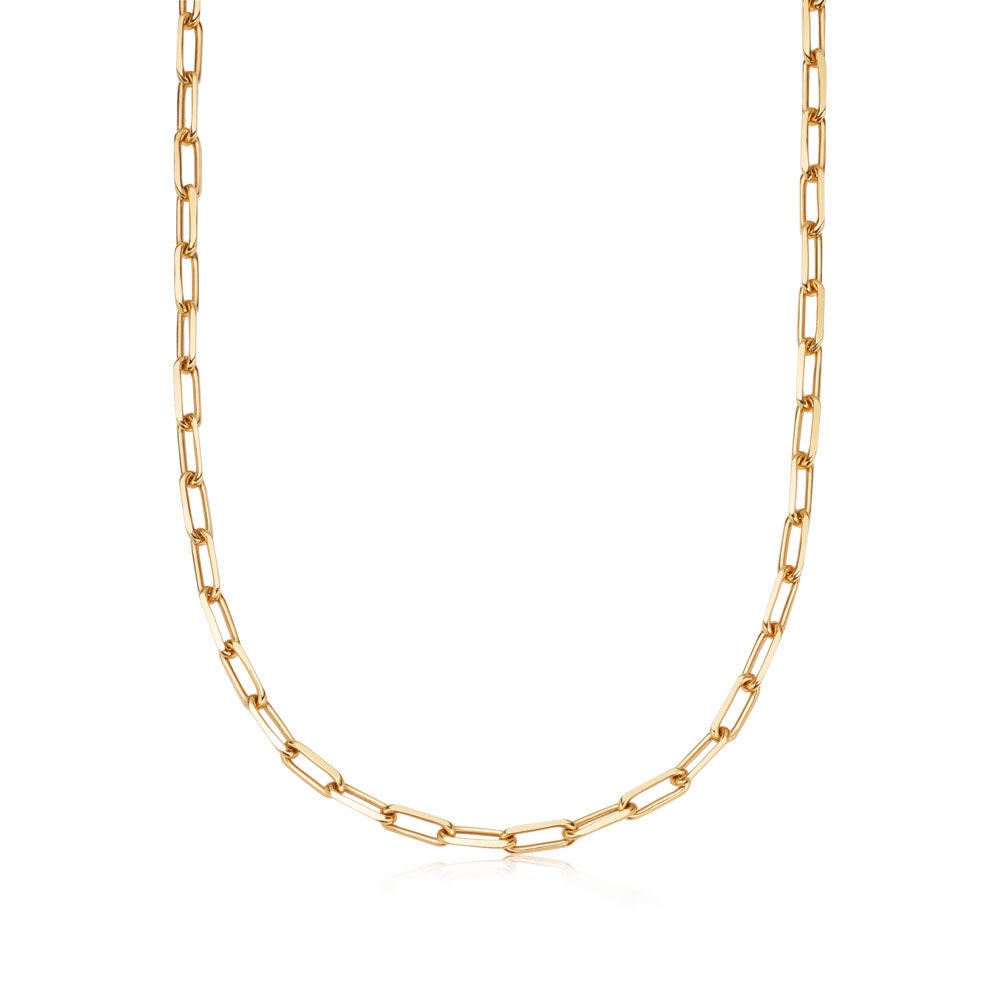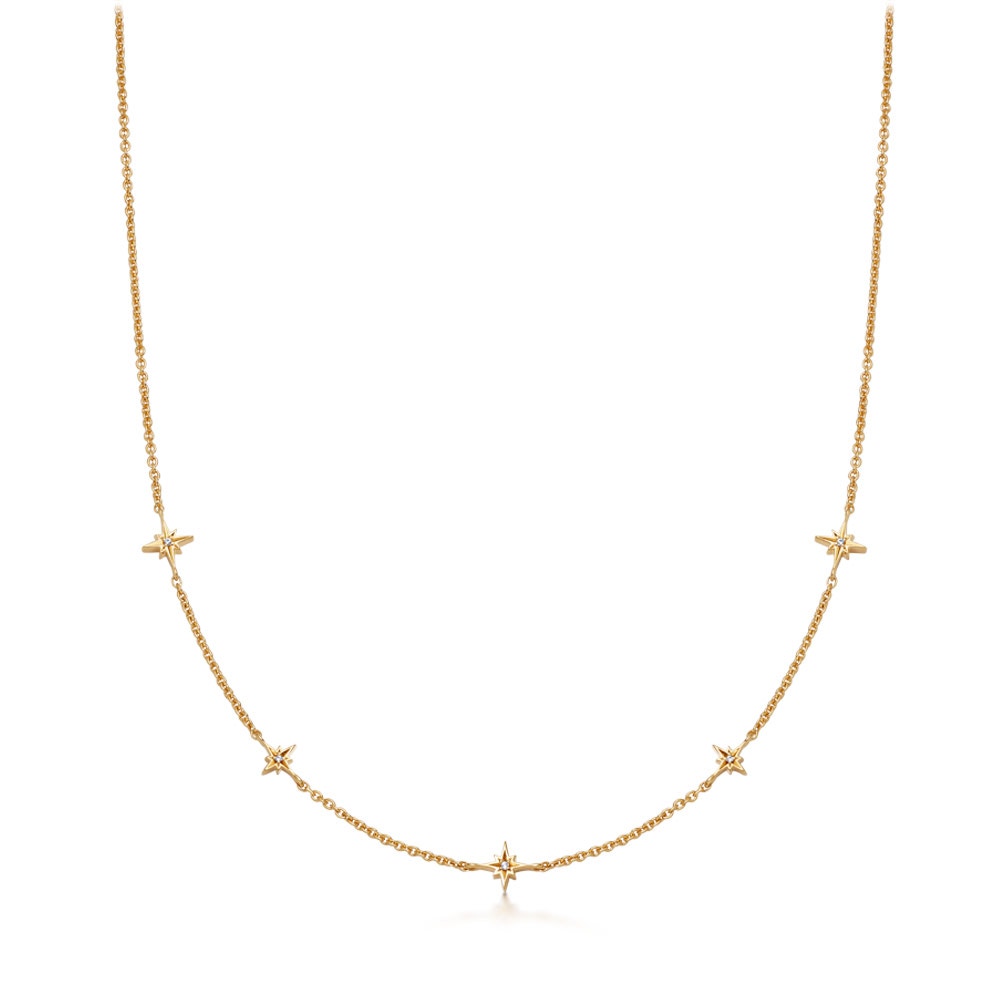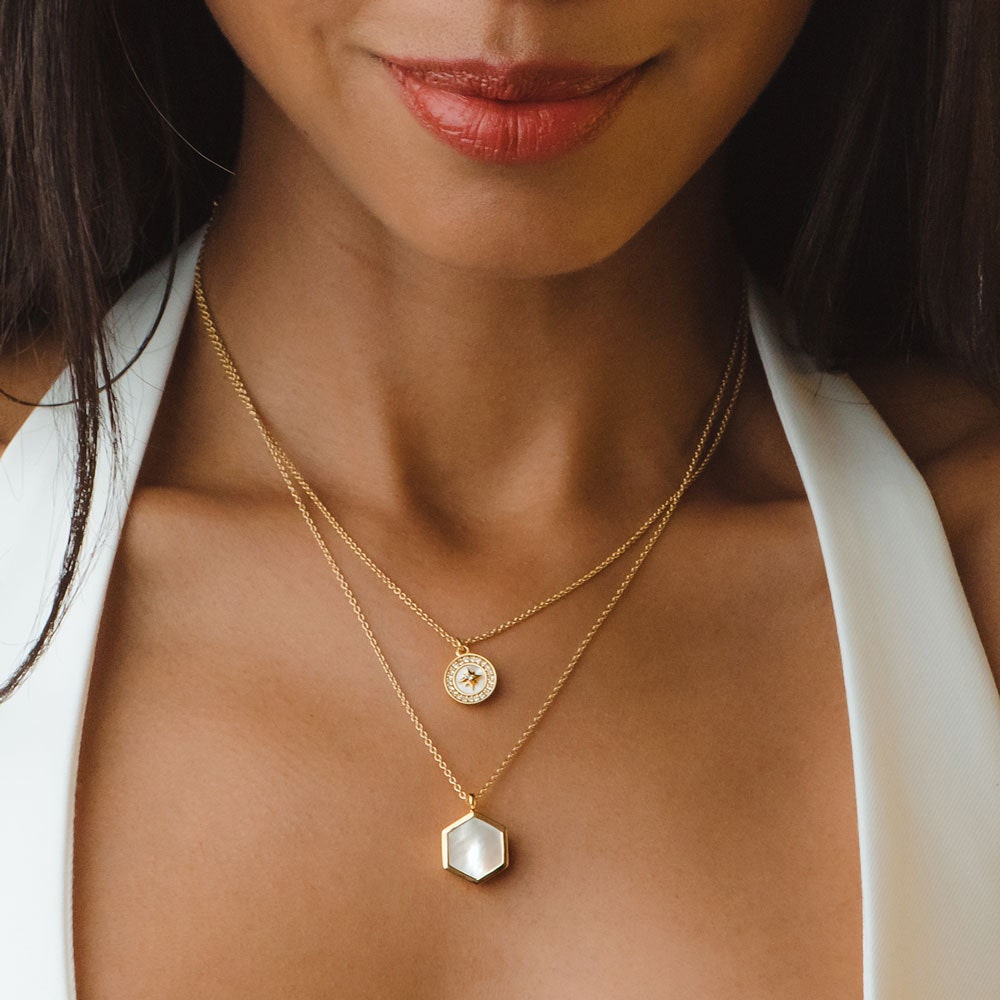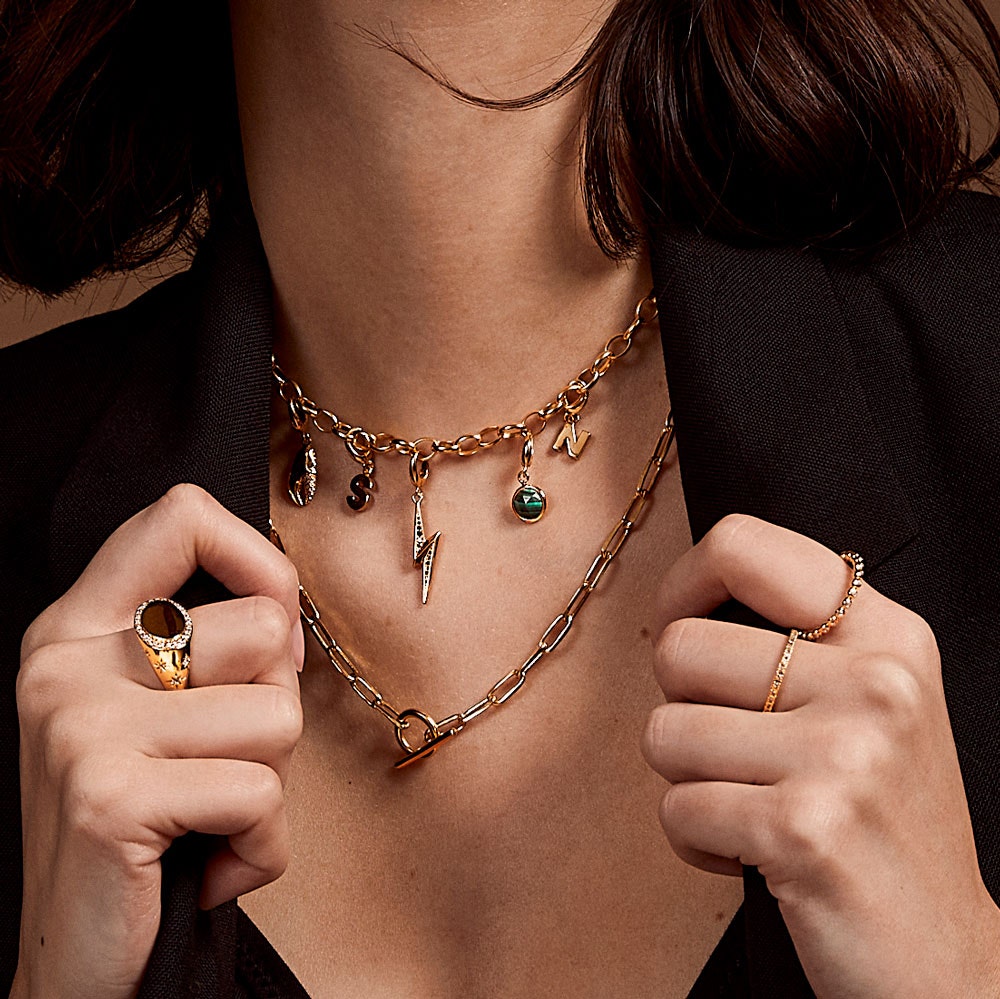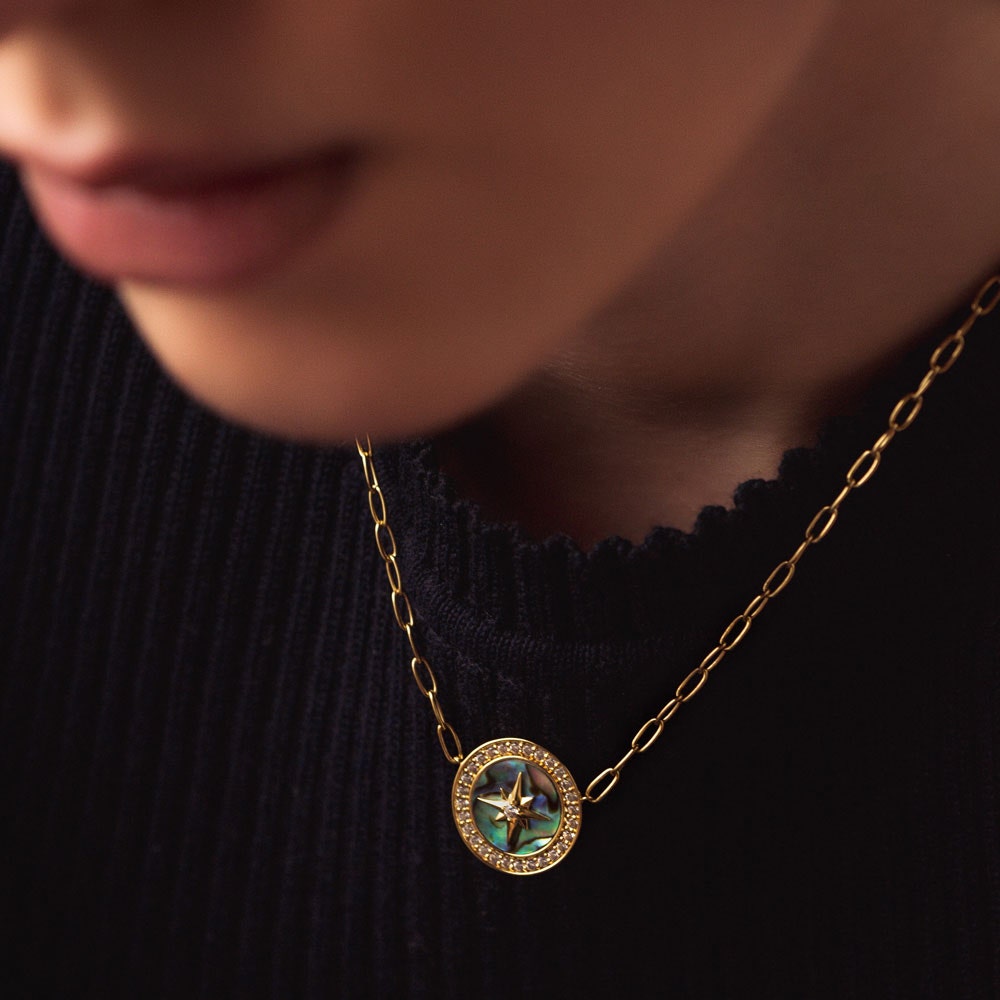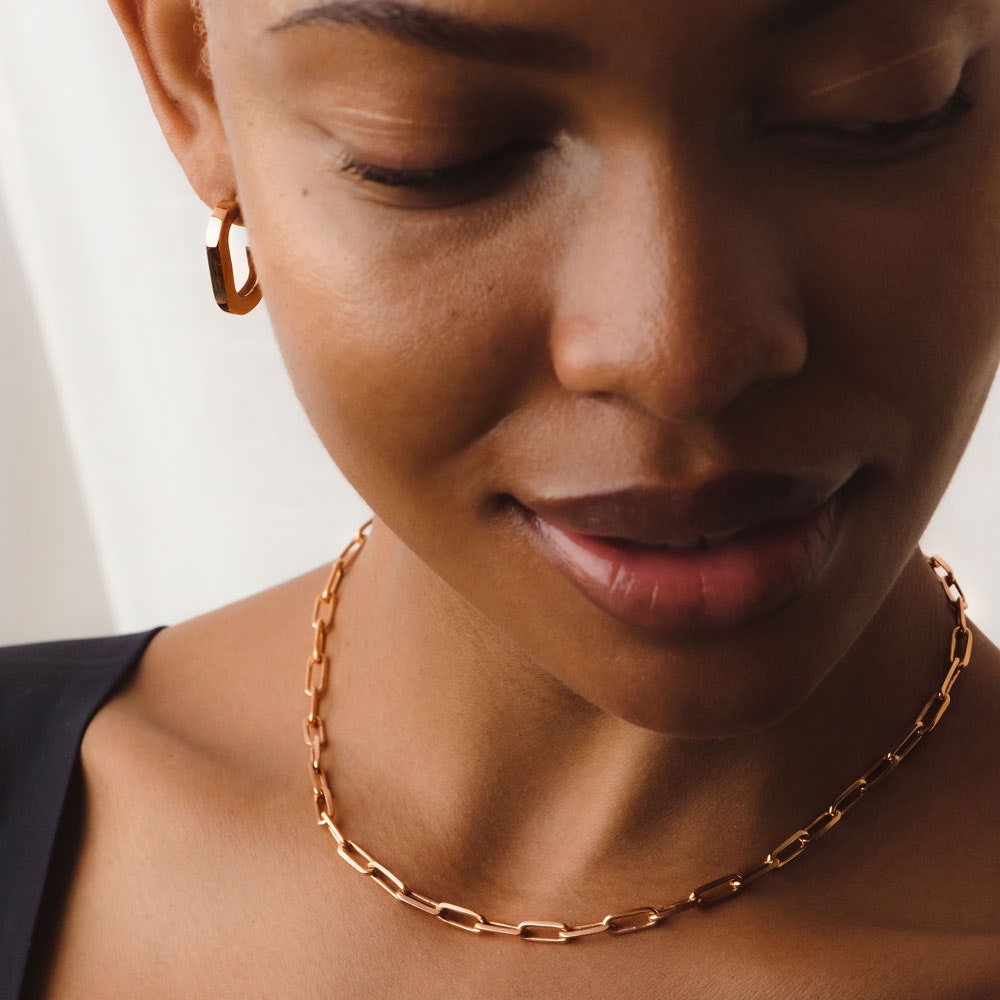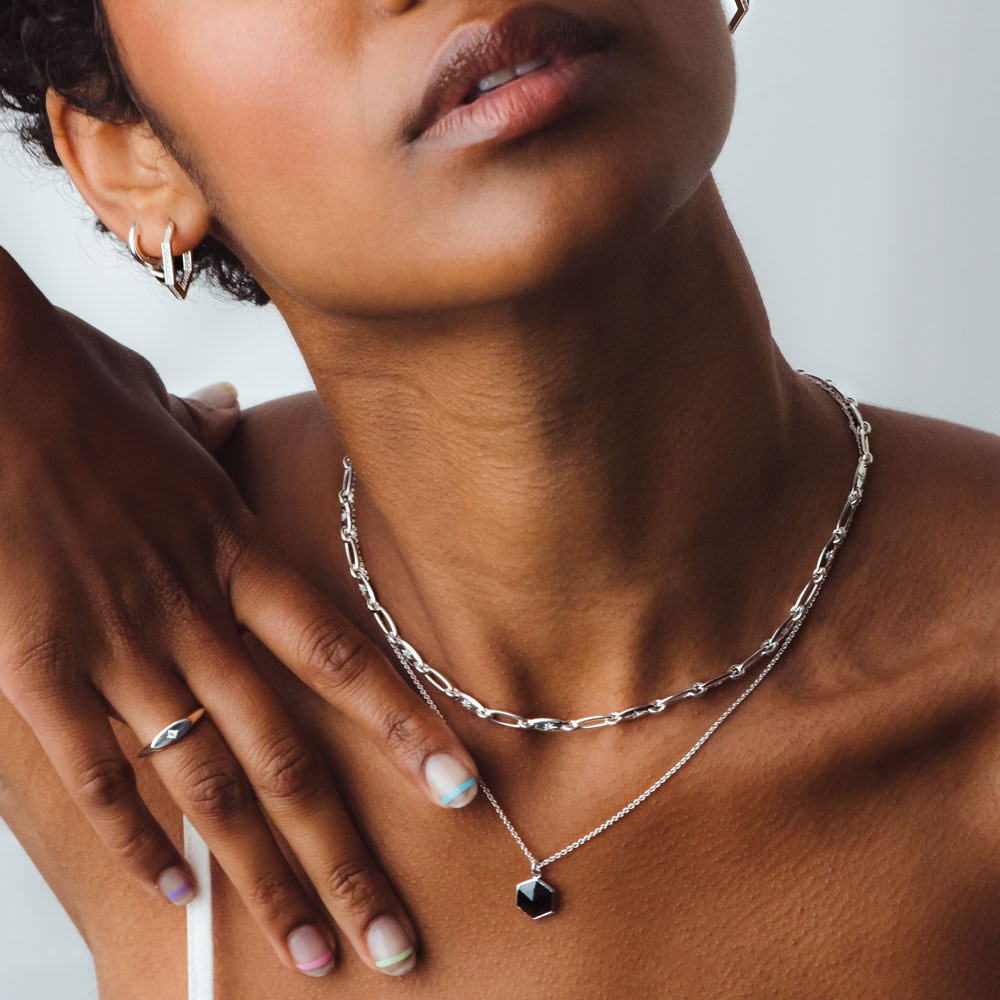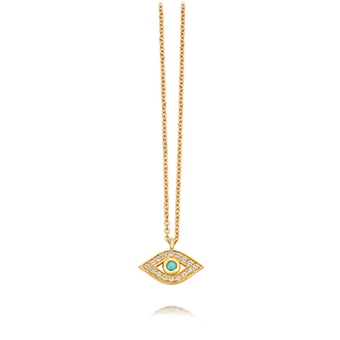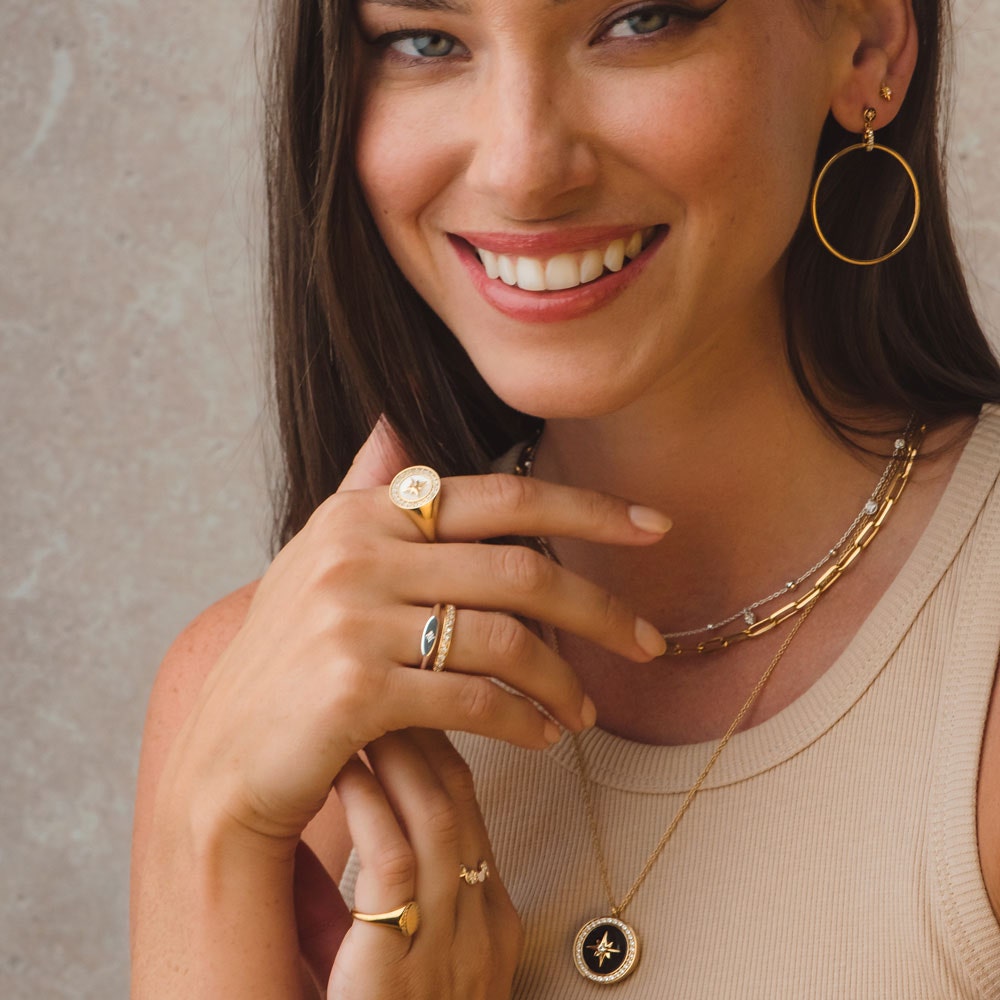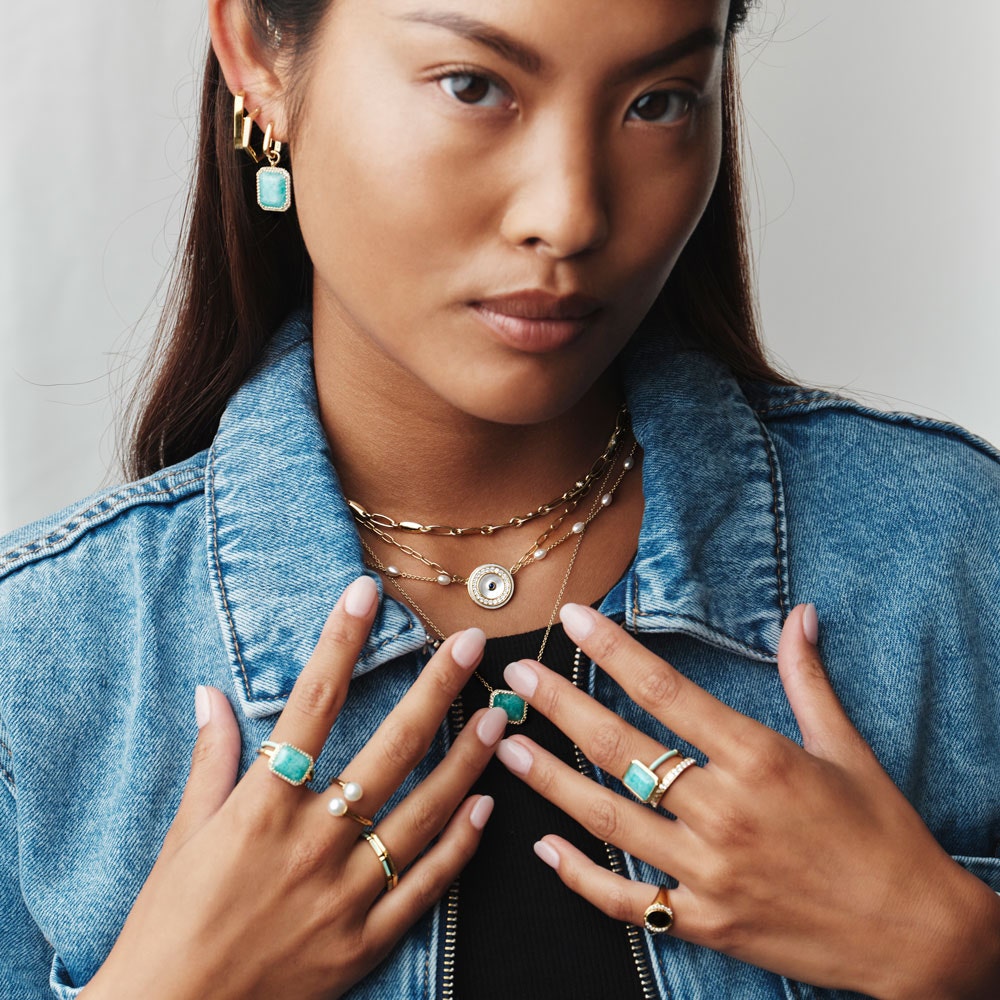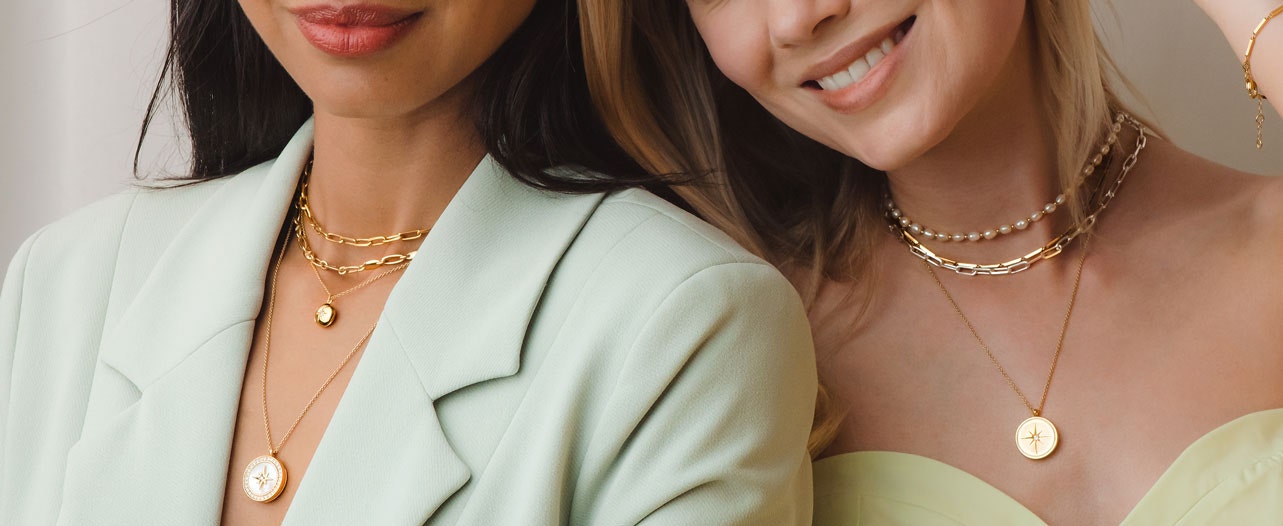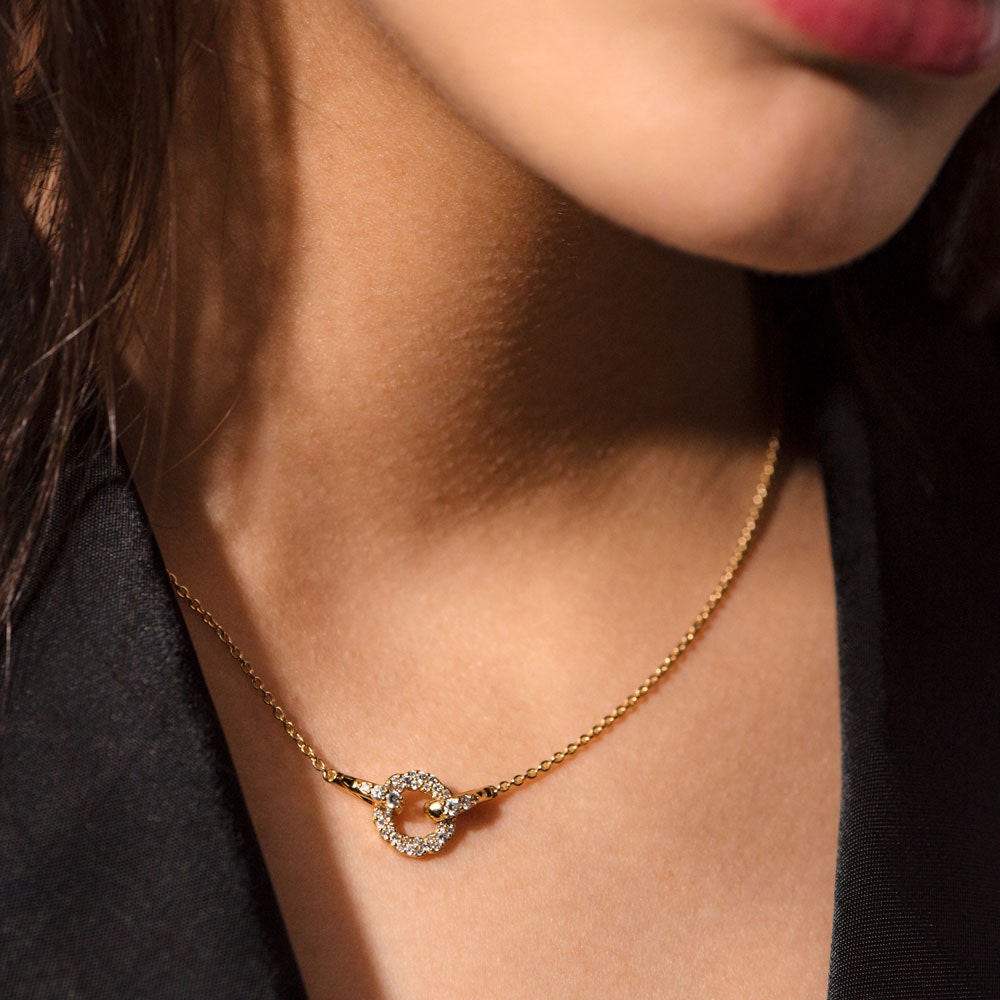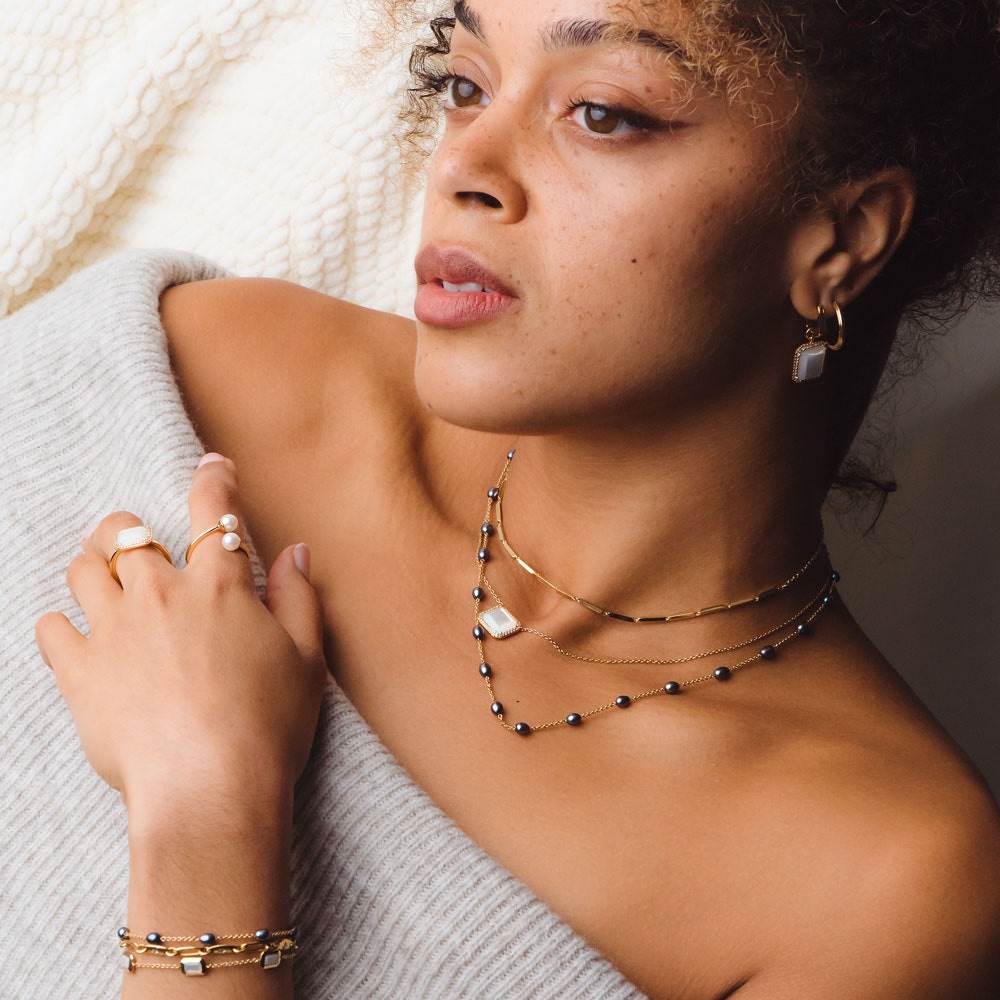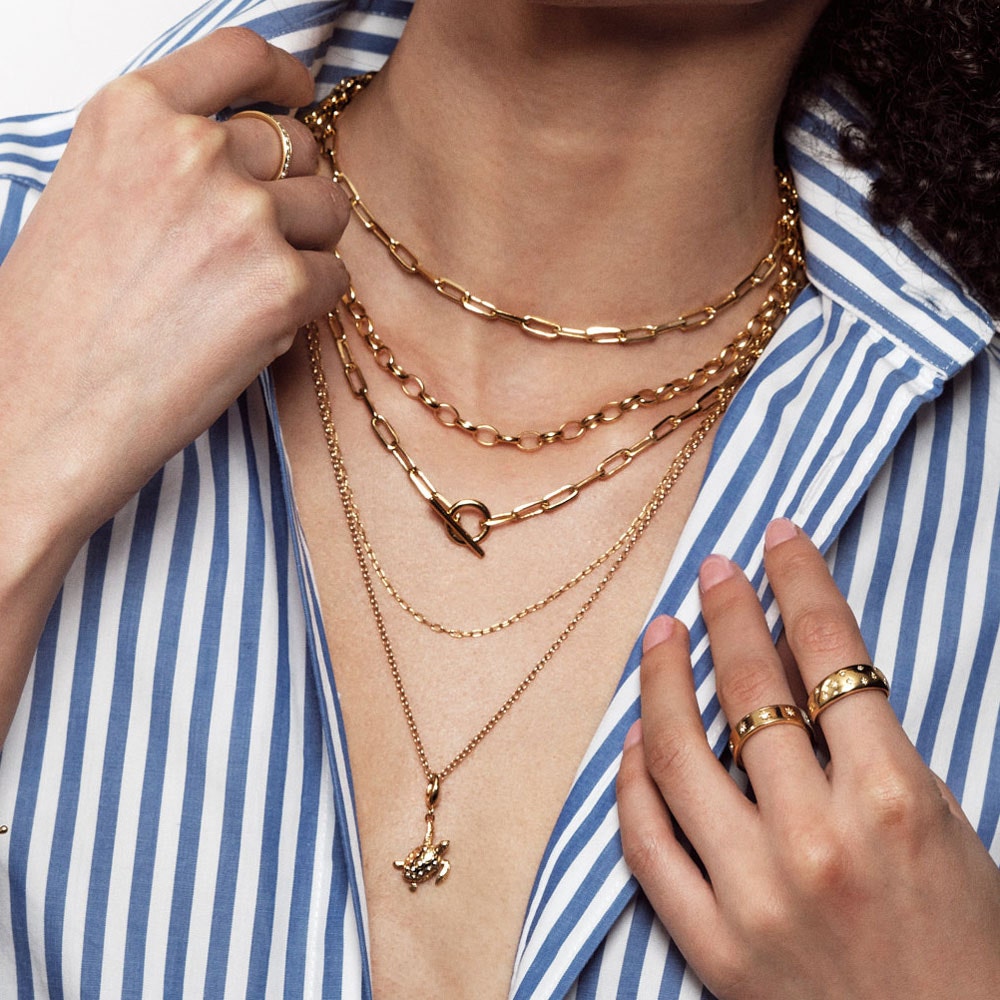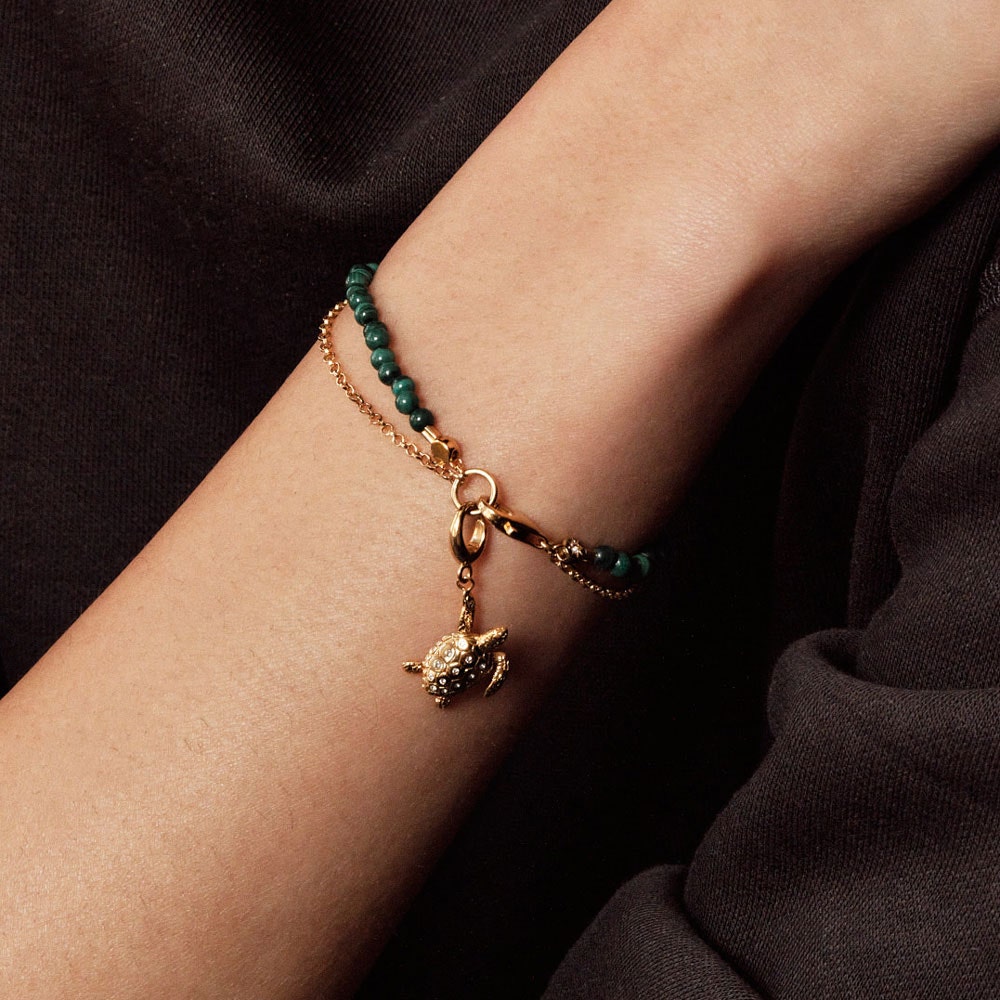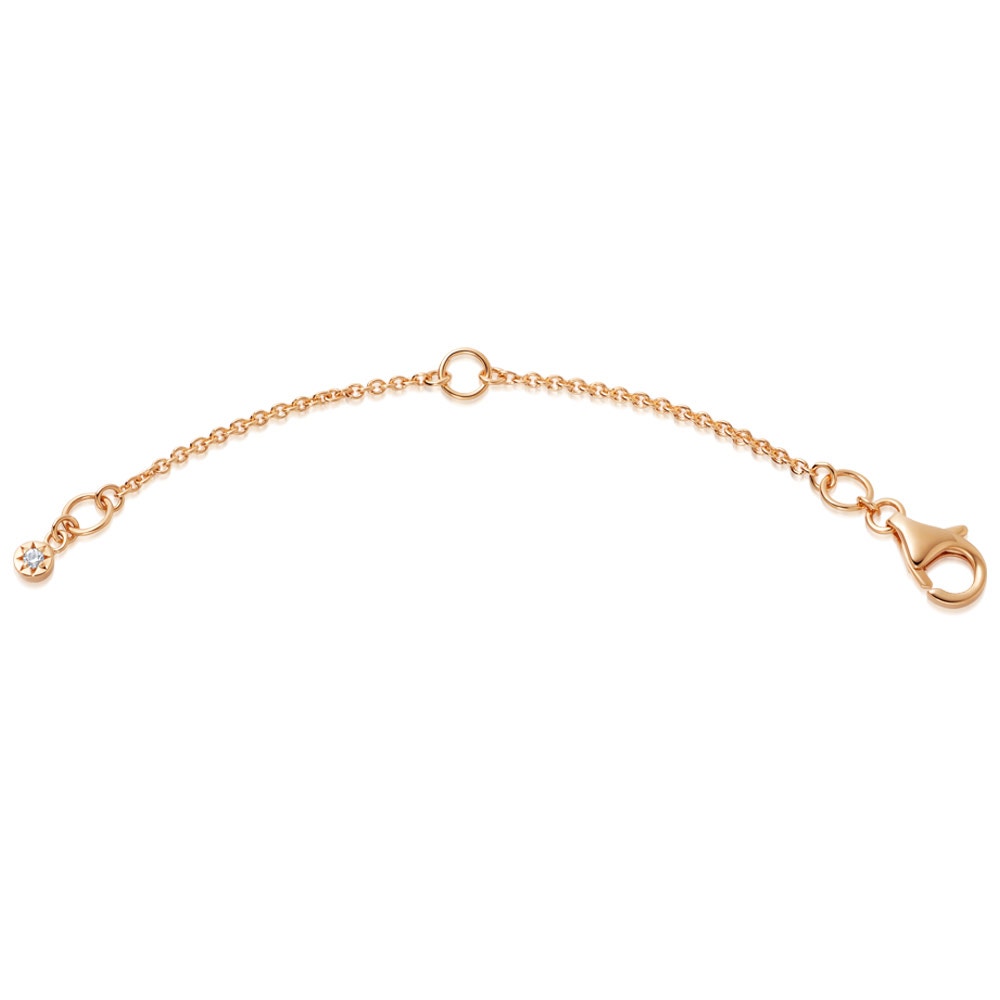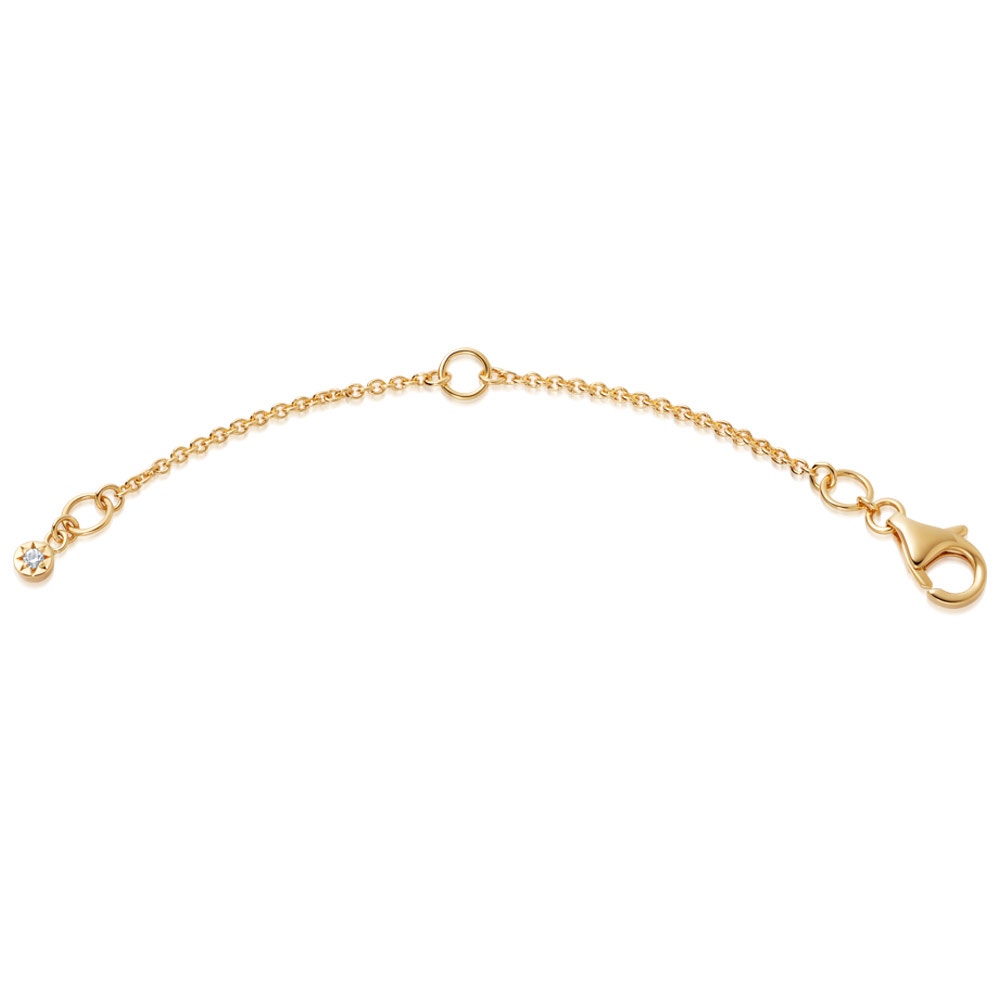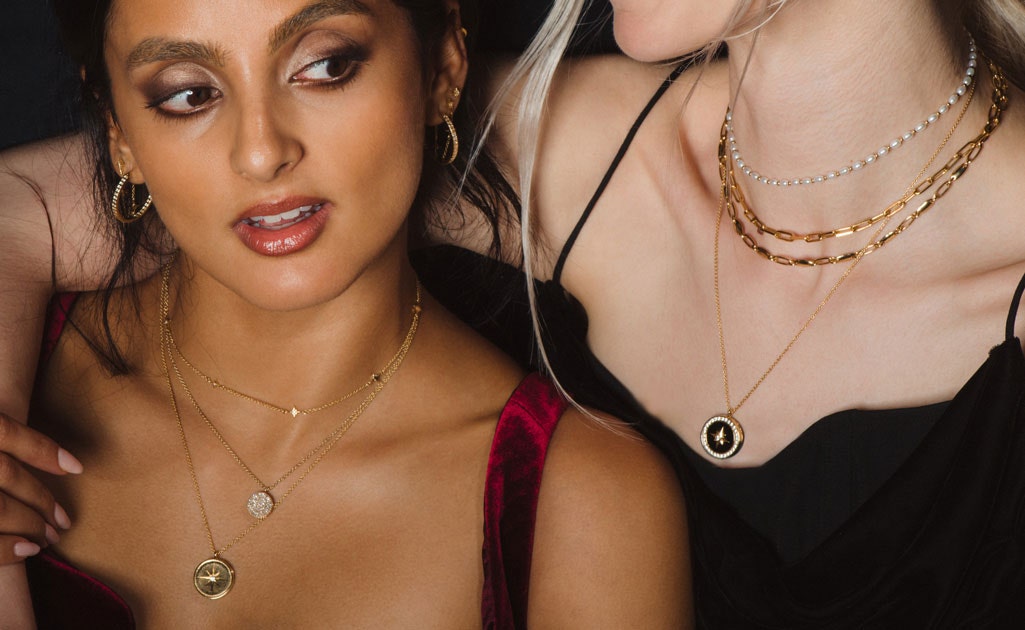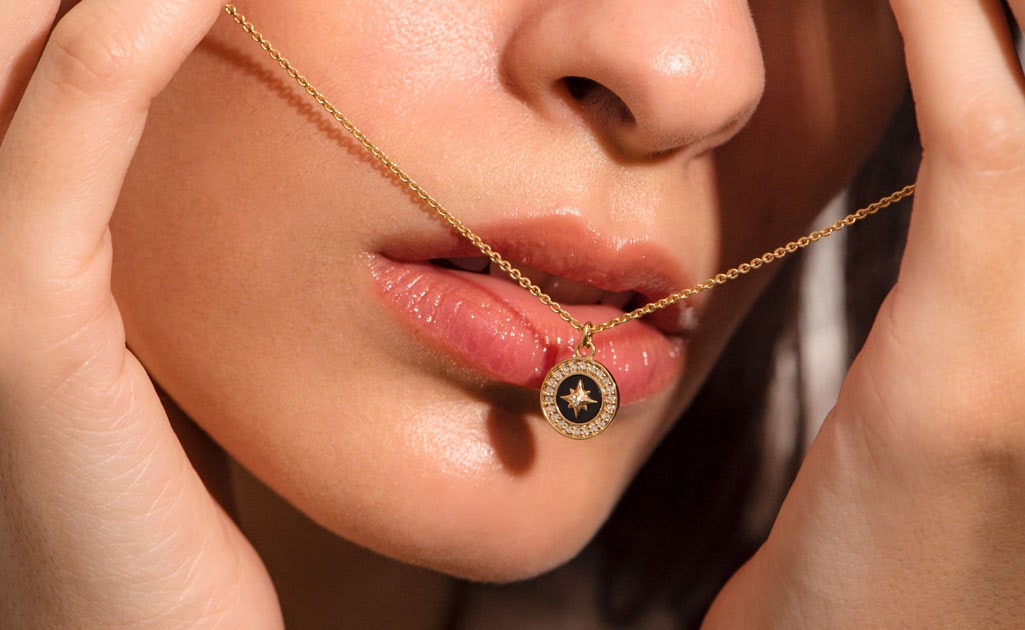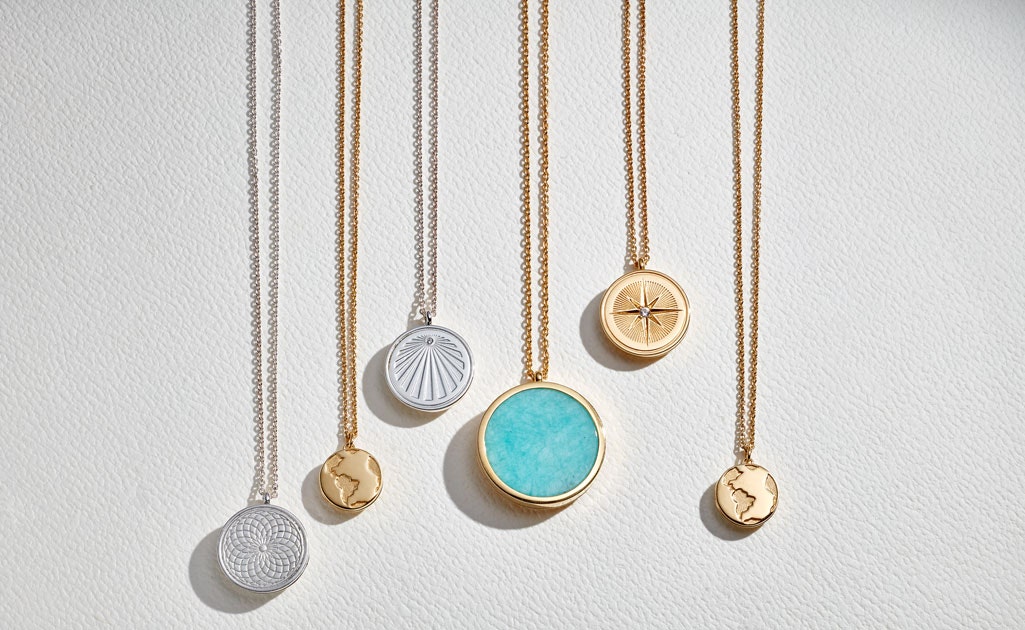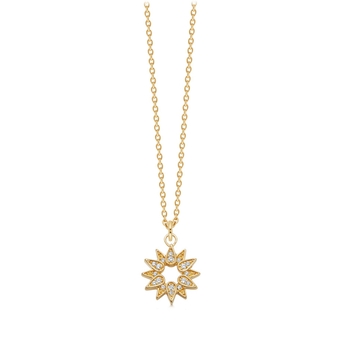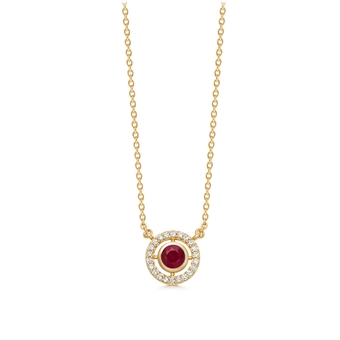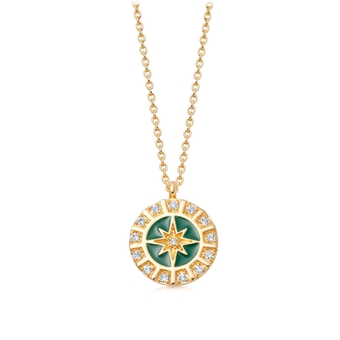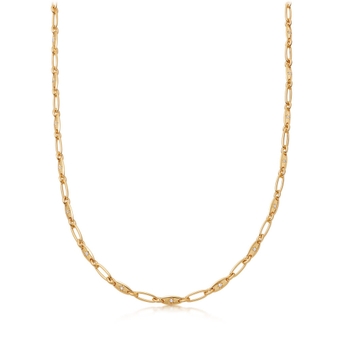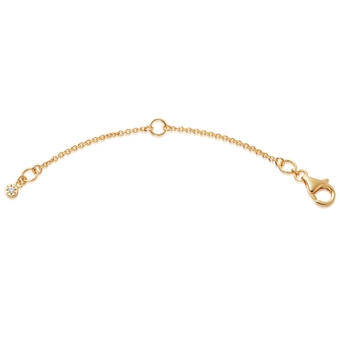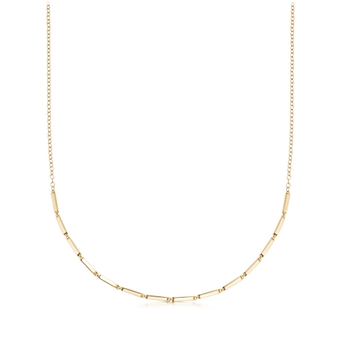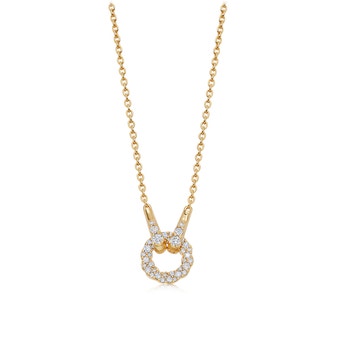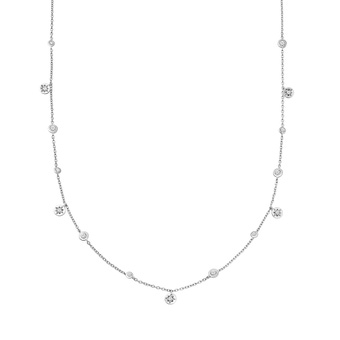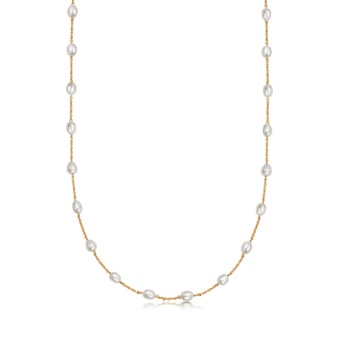JEWELLERY 101: The 12 Things You Need to Know About Chains
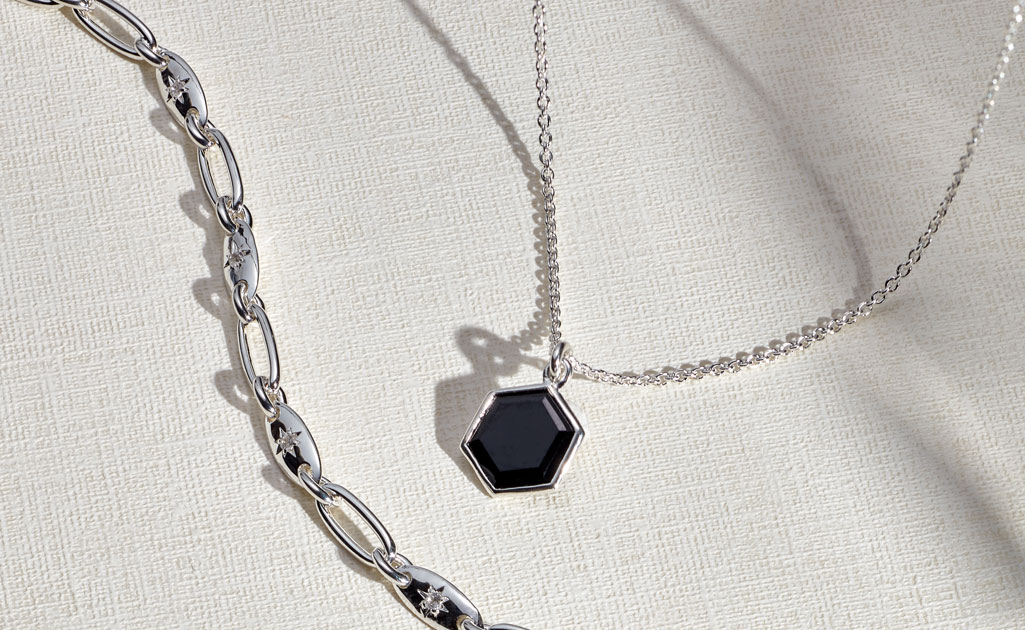
Chain types
There are lots of different necklace chain types out there to suit different styles but do you know your belcher from your paperclip? Read on to find out…
Trace chain
We’re starting with a trace chain for a reason. It’s probably the most common style of chain as it’s super versatile and lightweight. Trace chains are fine and delicate with round or oval links of uniform size. This makes them ideal for pendant styles. A fine, delicate chain is usually a trace chain - most of our lockets feature delicate trace chains in order to let the locket pendant do the talking.
Belcher
Also known as a ‘rolo chain’ Belcher chains are a type of trace chain but chunkier in style. Comprised of broad oval, round or - more commonly - D-shaped links of uniform size, belcher chains are great for layering and stacking. Want to see it in action? Our Chunky Chain T-Bar Locket comes on a belcher chain.
Paperclip
True to its name, a paperclip chain is created from large, elongated links that look a little like paperclips. The paperclip chain is a contemporary style and has a relaxed, effortless feel. Again, a great one for layering with other chains for a mismatched look. We love our Polaris Abalone Necklace with a paperclip chain.
Square link
Very on-trend, the square link chain is a type of paperclip but (you guessed it) with elongated square links rather than rounded ovals. The geometry and corners add texture to a traditionally smooth chain and make this a real statement. If you like chunky chains, the Square Link Necklace is for you.
Lozenge-Link
A Lozenge-Link chain integrates lozenges - usually alternating with chain links - to create an interesting yet simple design. Our Celestial Orbit Chain Necklace is a perfect example, featuring chain links alternating with lonzeges set with tiny white Sapphire stars. A Lozenge-Link chain is a subtle way to incorporate detail into your jewellery.
How about what’s on the chains?
Pendant versus Station
So, we’ve covered the chains themselves. But how about what’s on them? There are two key types here: a pendant necklace and a station necklace. A pendant necklace features a separate entity suspended from a chain. Our gemstone pendants are perfect examples - like this Ottima Amazonite Pendant suspended on delicate trace chain.
A station necklace has a decorative motif - like a bead, disc or bar - integrated into its design - with chain on either side. Our Celestial Station Necklace is a perfect example, featuring tiny white Sapphire-set starbursts alternated with lengths of delicate chain links. Station necklaces look great layered with pendants and plain chains and make great choker styles to add detail without feeling fussy.
Chain styles unique to Astley Clarke
So, we’ve covered the classics that you’ll find here at Astley Clarke and elsewhere. But we don’t just stick to familiar territory… In fact, along the way, we’ve created some completely original chain styles of our own. Intrigued? Read on…
Asteri chain
One of our absolute favourites, the Asteri Loop Pendant Necklace is completely unique in the way it fastens. Rather than loop chains, the diamond-set circle is secured by a contemporary clasp. This means the diamonds can move and catch the light more freely. Plus, there is no need for a fastening at the back which makes it a sleek, minimal piece that seriously stands out.
Aubar chain
Our beautiful Aubar Necklace is comprised of links that look like tiny gold bars with a trace chain at the back. A completely unique station chain, the Aubur is refined minimalism at its finest. A unique style we know you love just as much as we do.
Fastenings
T-Bar
The ultimate marker of cool-girl chic, the T-Bar chain has become a popular - and practical - necklace style. A chain is top and tailed with a loop and T-shaped bar that slots inside, keeping the chain securely fastened as well as being a design feature. T-Bar chains are usually chunky as a little weight is required to keep them fastened. Our brand new Chunky Chain T-Bar Locket is a great example and T-Bars chains also make great charm necklaces due to their chunky style… why not have a play around on our Online Charm Builder and try it out? We’re really excited about these.
Lobster claw
We all use these fastenings but do you know what they’re called? The Lobster Claw is the most common fastening for chains and is super secure and reliable. You’ll find these on most of our necklace styles, excluding T-Bar and our unique Asteri. They’re also versatile, meaning a chain can be adjusted to different lengths with the inclusion of extra loops. A Lobster Claw fastening means you can easily adjust the length and style of your necklace chain.
Necklace extender
A necklace extender is an easy way to extend your necklace by up to two inches. It combines a length of chain with extra hoops and a lobster claw fastening to add to your existing fastening. This means a choker style can be made longer or a medium style can be extended to feel like a completely different necklace. A necklace extender is particularly useful for stacking and layering your necklaces, giving you the ability to make styles the ideal length to sit together.
Our necklace extenders come with the addition of our exquisitely-tiny white Sapphire star-set tag. The star-set tag is an Astley Clarke signature and can be found on most of our chains. On our fine diamond pieces, the tag is studded with a diamond. Beautiful.
So there you have it! The twelve things you need to know about necklace chains. From pendants to paperclips, you’re all set to find the perfect style for you. Inspired? Go and explore our necklaces.
